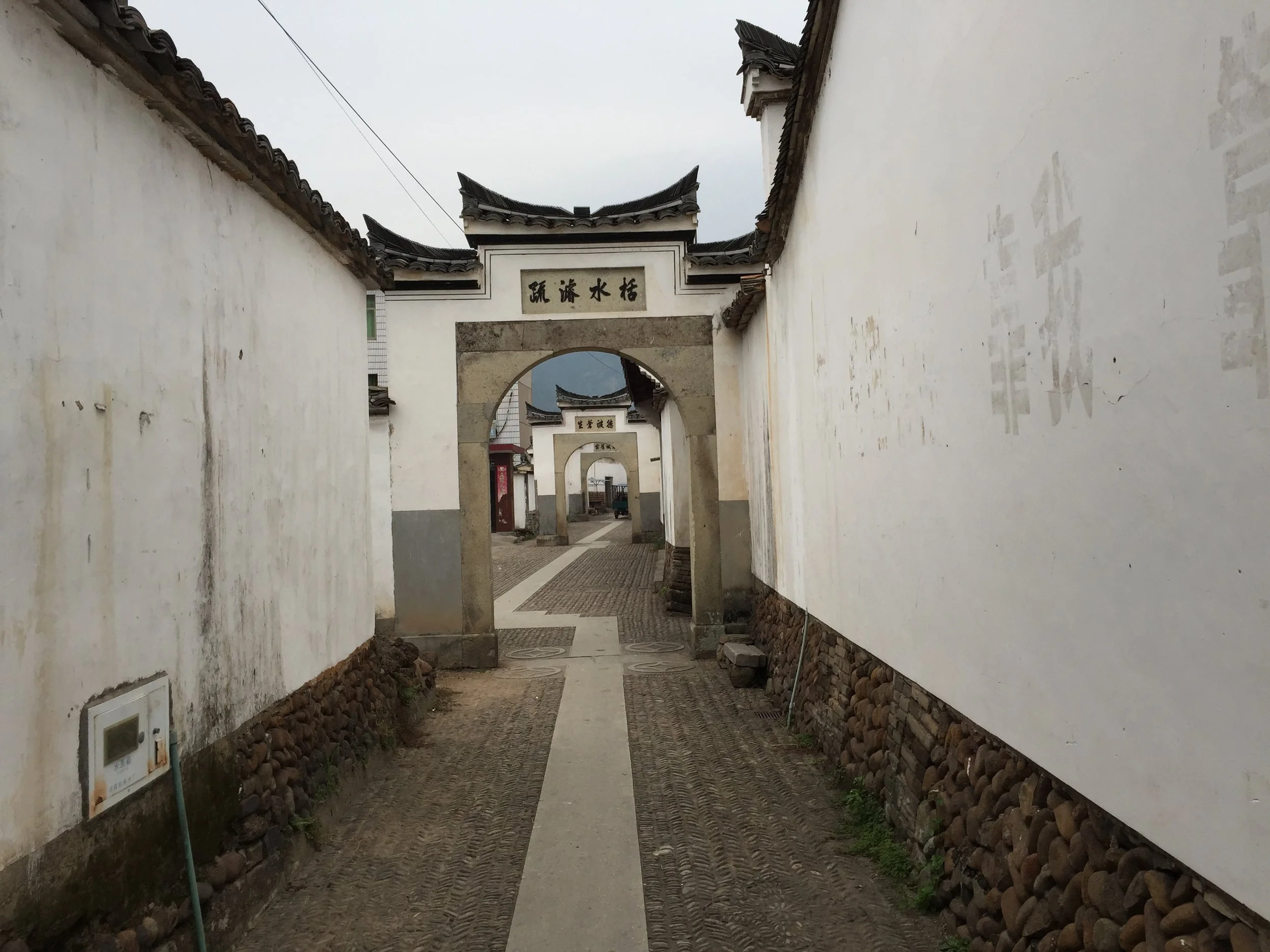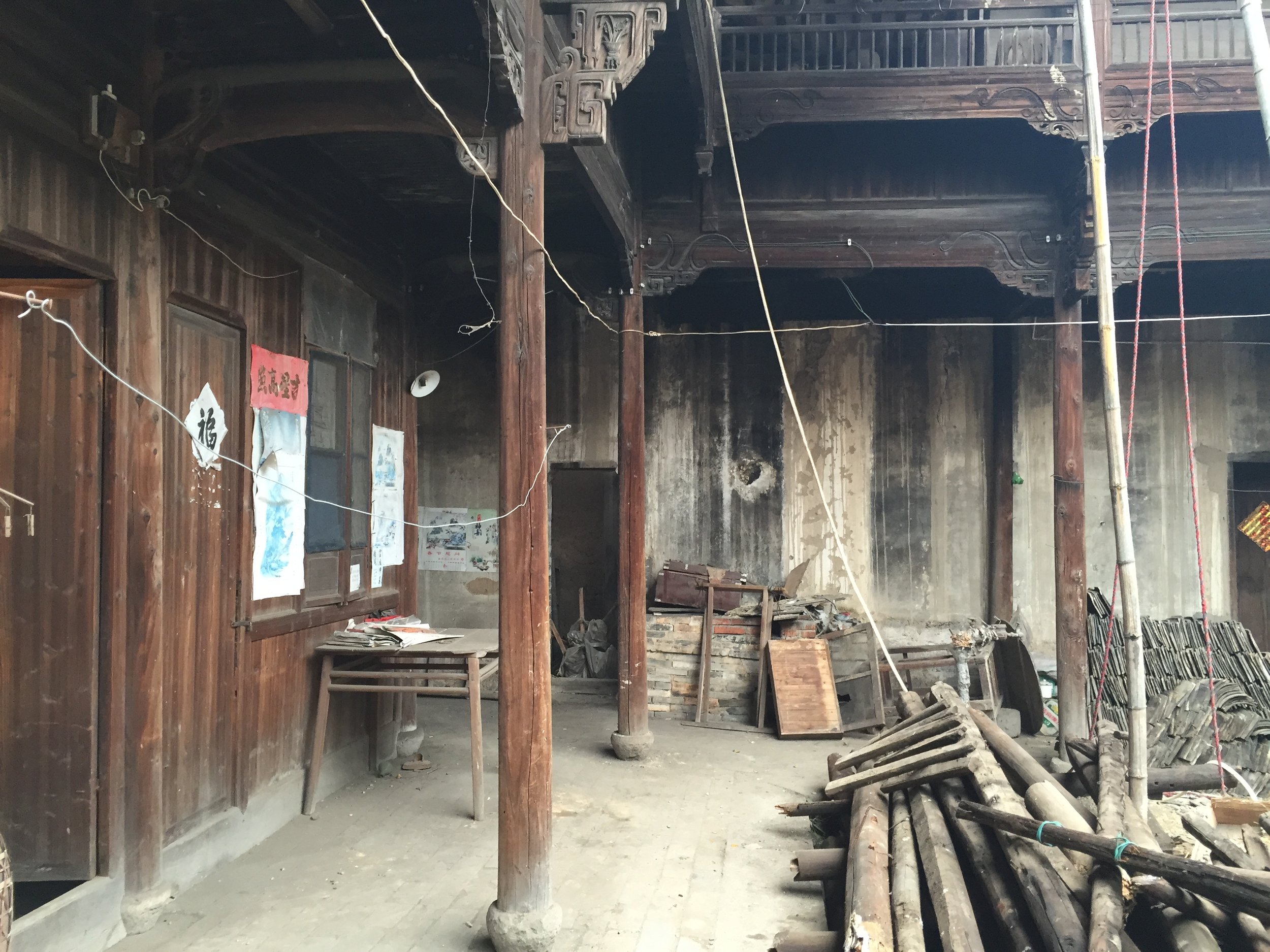Saving China's dying villages
 China's economic future may lie in urban-driven consumption, but that doesn't mean its villages are unimportant. This year, the country's powerful NDRC (National Development and Reform Commission) unveiled its new urbanization plan, calling for China to become 60% urban by 2020. But, with China's huge urban population, that means nearly 600 million residents will remain rural in 2020, and even if China reaches an urbanization level of around 70%, closer to developed nations, it will still have a rural population that is larger than the entire population of the United States.
China's economic future may lie in urban-driven consumption, but that doesn't mean its villages are unimportant. This year, the country's powerful NDRC (National Development and Reform Commission) unveiled its new urbanization plan, calling for China to become 60% urban by 2020. But, with China's huge urban population, that means nearly 600 million residents will remain rural in 2020, and even if China reaches an urbanization level of around 70%, closer to developed nations, it will still have a rural population that is larger than the entire population of the United States.
Recently I got to visit a remote area of Zhejiang province at the invitation of Luo Deyin 罗德胤 , a professor at Tsinghua University' School of Architecture. Professor Luo is an expert on China's vernacular rural architecture, and has published many books on the history and form of numerous Chinese villages. But he's also worked with local governments across China to help them conserve their historic towns while also developing tourism as a means of fostering economic opportunity in villages.
Even as the growth of manufacturing slows, China's villages are hollowed out from decades of outmigration, leaving many villages empty echoes of their former selves, with only the very elderly and some small children left behind when their parents go off to cities to work.
But in Songyang County, Zhejiang, the local county government is trying to ensure that their historic villages, some of them lying half a mile above sea level on remote mountains, can survive into the next generation. To do that, they are hoping tourists will start coming. But they also hope to avoid the pitfalls that have befallen many Chinese cities that have tried to develop tourism: the over-commercialization and "Disneyfication" that has turned many a historic street into a tacky mall lined with vendors selling the same trinkets across the country.
Finding the right balance of new and old
Watching Professor Luo, who was accompanied by a group of architecture students, present their design ideas to the county government of Songyang, I was struck by how sensitive the county government was to keeping the number of "modern" structures to a minimum. Indeed, the architects and planners were realistic: recommending that in order for tourists to come, their needed to be at least some modern facilities available in the village of Pingtian Village. "How much can be modified," said Professor Luo, "but considering the needs of the market, there should be some."
Wang Jun, the County Chief of Songyang County, asks me if I think foreign tourists will come here, and I tell him they certainly will: tourists are always looking for unspoiled "traditional" landscapes, and the villages of Songyang County remain remarkably well preserved. But the villages are hard to access for most foreign tourists, and will probably attract mostly middle class urban residents from nearby cities of Lishui and Wenzhou. In fact, this area of coastal Zhejiang is one of the most prosperous regions of China due to its manufacturing and export prowess. But in a few years, I am told, even this remote part of southern Zhejiang will see a high speed rail station constructed here, making the county much more accessible.
But many of the mud-walled structures, especially in Pingtian and Diaotan villages, which both lie atop mountains that take nearly 15 minutes to reach by wending roads from the valley, are completely empty and have been neglected for years. The few villagers that remain (maybe 100 out of an official registered population of 400) have moved out of many of the structures that we find. These buildings are some of the ones that will be repurposed for tourism: restaurants, cafes, small guesthouses, or even small art galleries (pictured above).
In another village called Huangkeng that has already seen some minor upgrades, like a parking area for tour buses and a renovated stairway ascending the village, there is a group of artists visiting from out of town. They have come to paint the panoramic vista of the town spread out across a hillside with the mountains and the mist behind (see above). As we enter the village, Wang Jun greets some of the residents, and gives some suggestions to some of the villagers to build more accommodations for visiting tourists.
There will probably be some families moved to new housing if the village restoration proceeds. Some would rather take compensation to move to a more modern apartment rather than stay and try to make a living from tourism. Some of the very oldest probably can't imagine making a living from tourism due to their age. Most have only known life in the village.
Villages in the valley
Later, we visited another village down in the valley called Jieshou. Unlike Pingtian or Diaotan, this village has a different style of architecture: The white painted walls that is more similar to what one sees in southern Anhui or the Yangtze River Delta. Indeed, this village, according to Professor Luo, has an old history because it lies next to the river that runs through the county. It was a small wharf and hence was relatively prosperous compared to the mountaintop houses. And today it remains more prosperous: there are more modern structures (mostly of the bathroom-tile or concrete/tinder block style). But inside the old alleys of the village are some remarkably intact courtyard houses that were certainly once home to prosperous merchant or literati families. Some of them are inhabited but some aren't.
The situation in Songyang County and many other areas in rural China is that the most intact villages are often the poorest and most remote, such as Diaotan Village. It's remoteness makes its buildings and environment less tainted by modern structures. But it also means that the social situation there is difficult. In other areas of Songyang, new buildings rise from the farms as in many parts of rural China.




